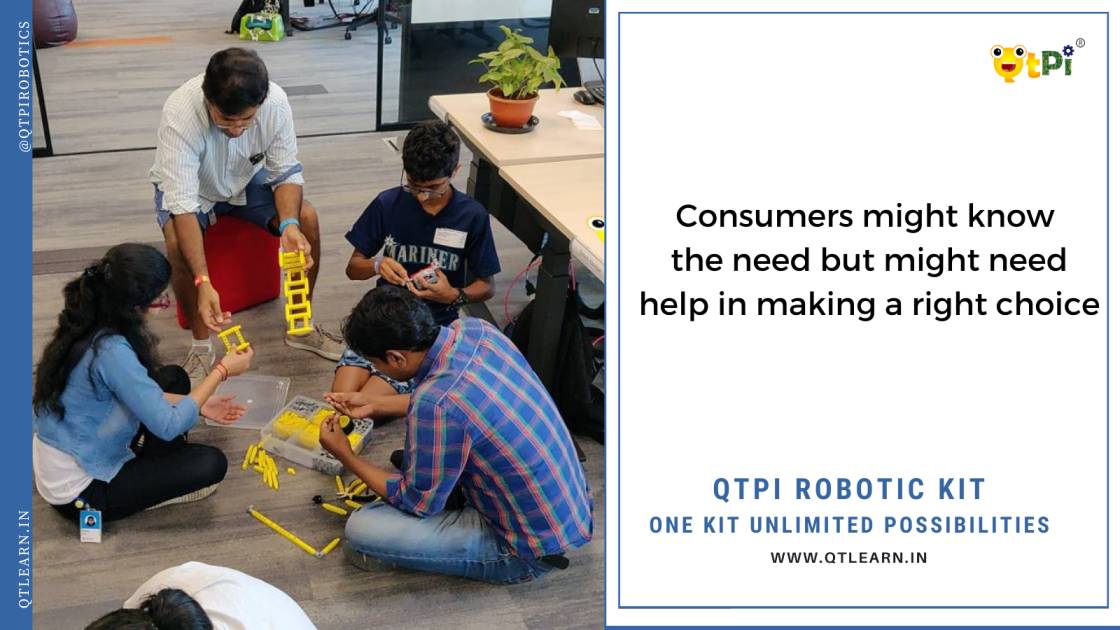Part 2 (Access to Part 1: click here)
The year 2020 is going to be inscribed in the history of the transition of thinking from classroom learning to online learning. Any new system is likely to witness a grumbling-denial-acceptance process. The debate among beneficiaries are on screen time, exposure and occupational health hazards. Any systems are likely to have some side-effects. The side-effects are to be considered with the purpose of such a system. Considering the pandemic into consideration, it is the best possible alternative compared to little-to-no learning for children and adults. Let us try to see and understand how online tools help in learning?
Online platforms are boon if two fundamentals are taken care of. As much like a classroom learning system, the online helps in transparency and tools used to help individuals/ groups in learning. Thankful there are no first and last benchers in online learning. The other aspect is helping learners open up and share with others. As classroom setup might inhibit considering the fear of being watched by others. This could encourage mushroom Online Schools in the near future that will allow global access and its likely to be very economical in comparison to brick and mortar schools. Online learning like brick mortar helps in real-time communication and unlike brick mortar the access to information/ content can be viewed & read at own pace. In other words as QtPi’s Genie platform says, “Learn Anywhere; Learn Anytime”. Online Schools if run like EdTech who believe (are expected) in value add have ample ways to make learning happen. Several tools such as Email, Chat, Screen sharing, Discussion forum, blogs, web meeting, LMS, Reviews can be used optimally to benefit the learners and learning happens. Though not universally true these tools are limitedly used in brick and mortar systems. The emphasis on usages of these tools to help interaction happen.
Do you think online schools could be future schools?
